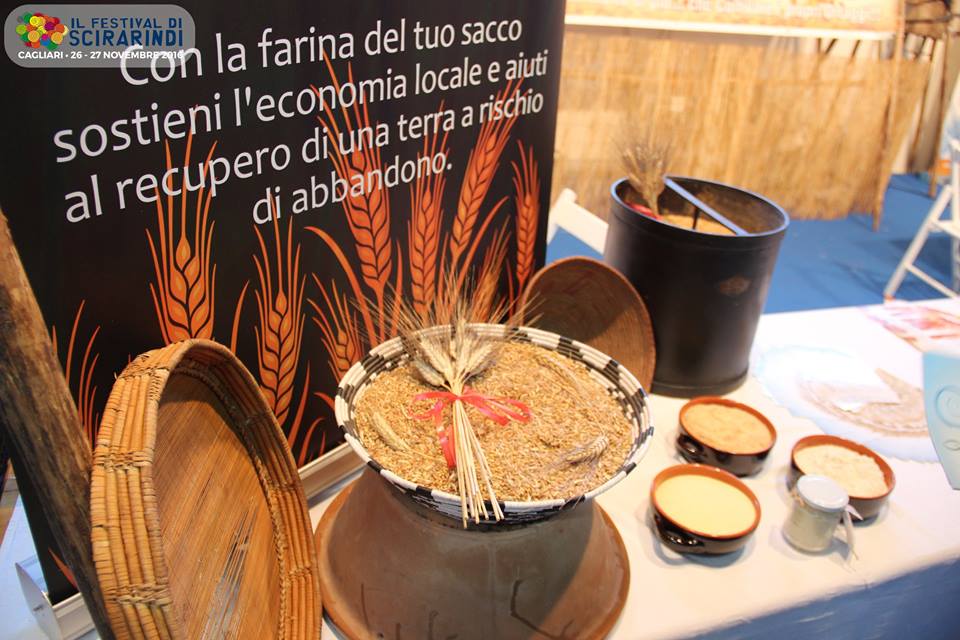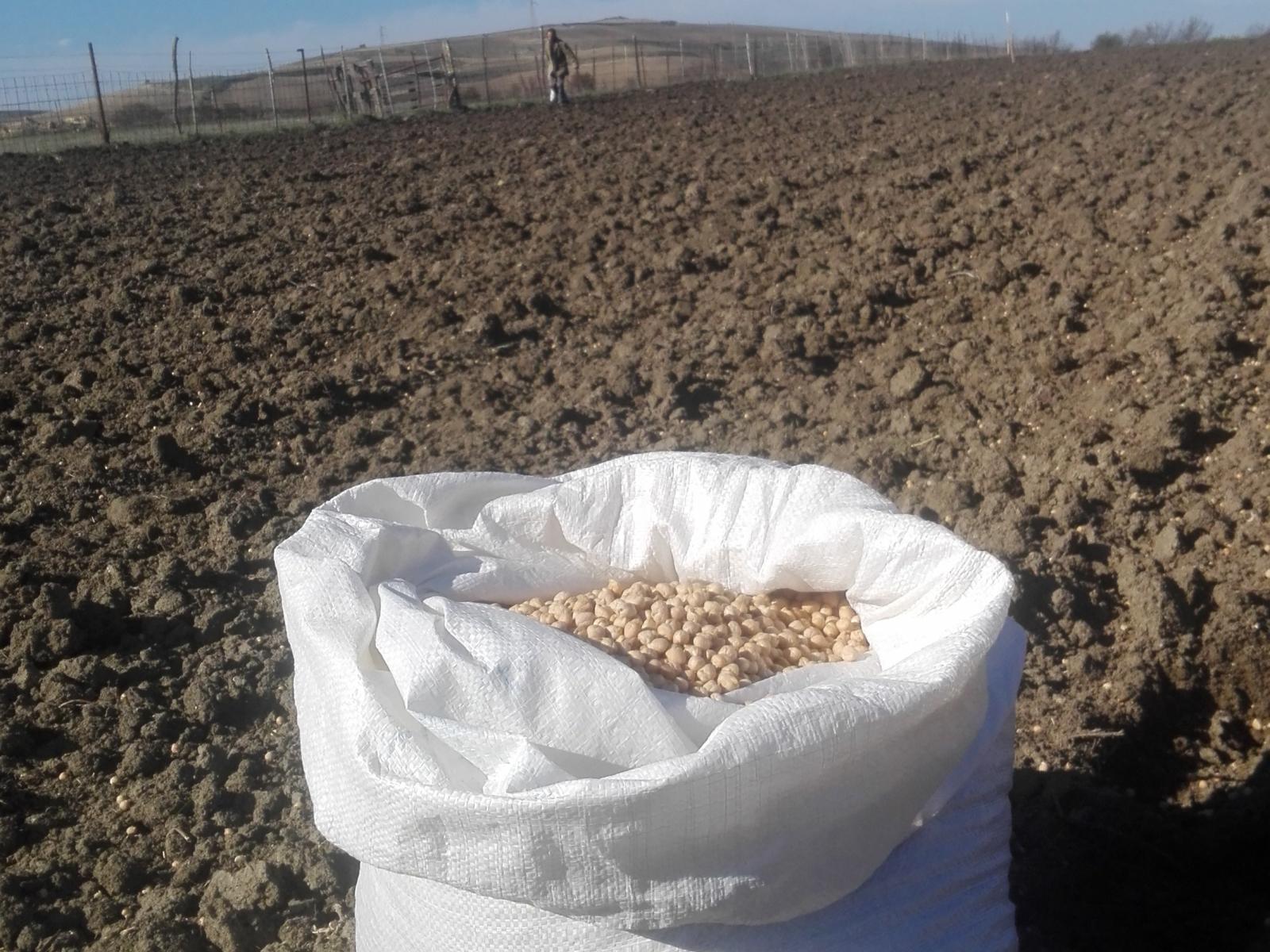An Overview Of Our Solution
- Population Impacted:
- Continent: Europe
Organization type
Population impacted
Size of agricultural area
Production quantity
People employed
Describe your solution
Describe your implementation
External connections
What is the environmental or ecological challenge you are targeting with your solution?
Describe the context in which you are operating
Nowadays, land abandonment in Sardinia is a severe social phenomenon, exacerbated by the lack of a wide economic market because of a limited population, by the high transportation costs determined by an insularity condition and by depopulation in rural areas. These factors, together with absence of proper infrastructures and lack of farmers’ initiatives, diminish the competitiveness of organic products, whose generated profits do not counterbalance the costs of production. For this reason, many are left with the only option to abandon agricultural lands or to convert them into pastures. For those who continue to farm, the alternative is relying on chemical fertilizers and herbicides in order to increase yields. In a territory in which the unemployment rate is about 20%, a slow recover of abandoned lands and the adoption of sustainable farming practices may offer job opportunities, whilst also contributing to diversification of production and biodiversity restoration.
How did you impact natural resource use and greenhouse gas emissions?
Social/Community
Water
Food Security/Nutrition
Economic/Sustainable Development
Climate
Sustainability
We rely on an annual fee contribution from our 800 members, distributed over 6 associated farms. We also generate income through direct selling of products (vegetables, fruits, honey), farming workshops and courses, and consultancy for agricultural initiatives and/or recover of abandoned lands.
Return on investment
Entrant Image

Entrant Banner Image

